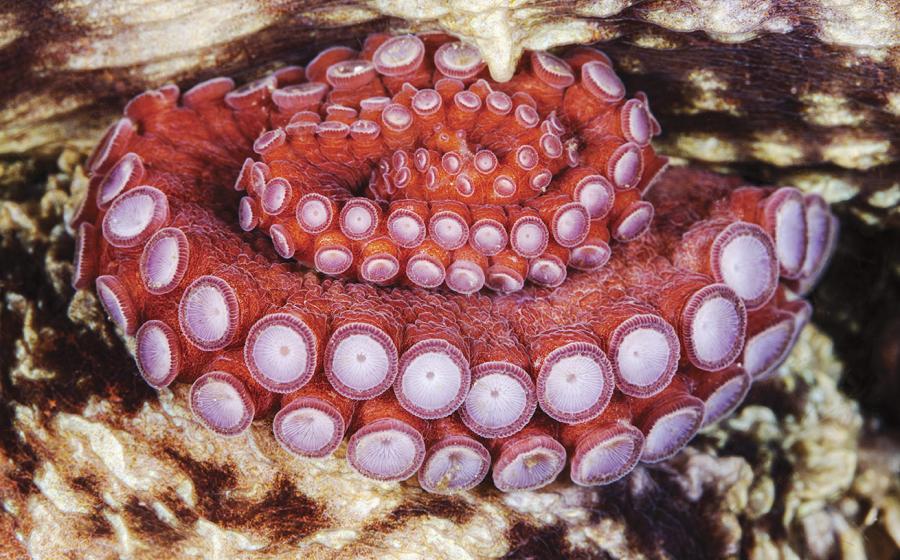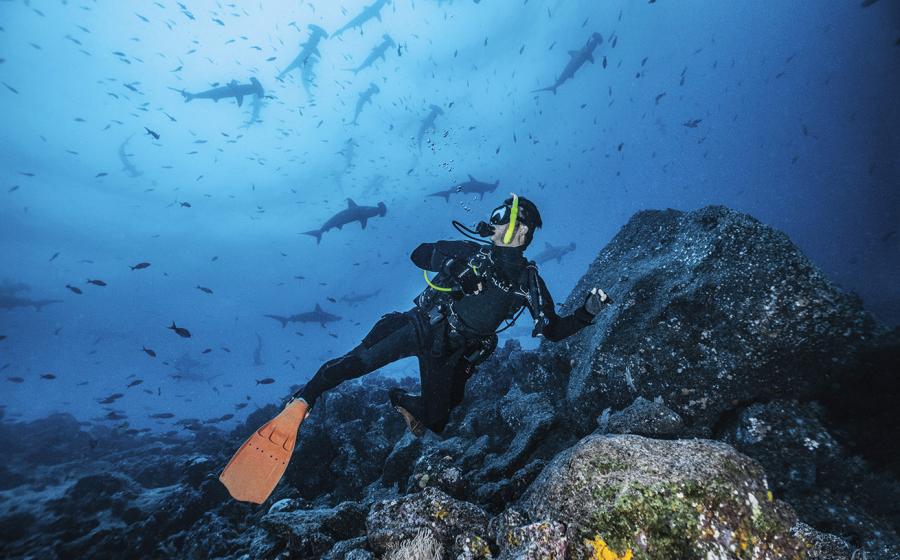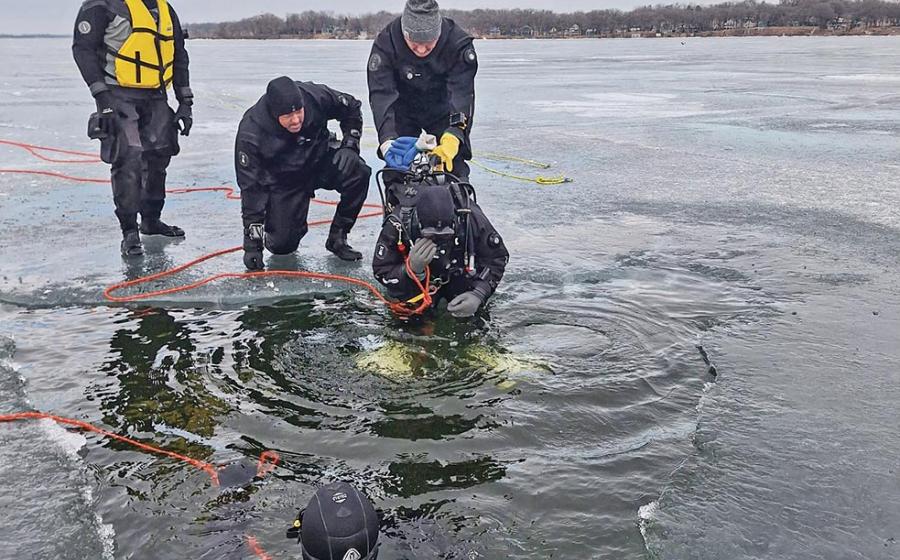13 Facts You Didn't Know About the Pipefish
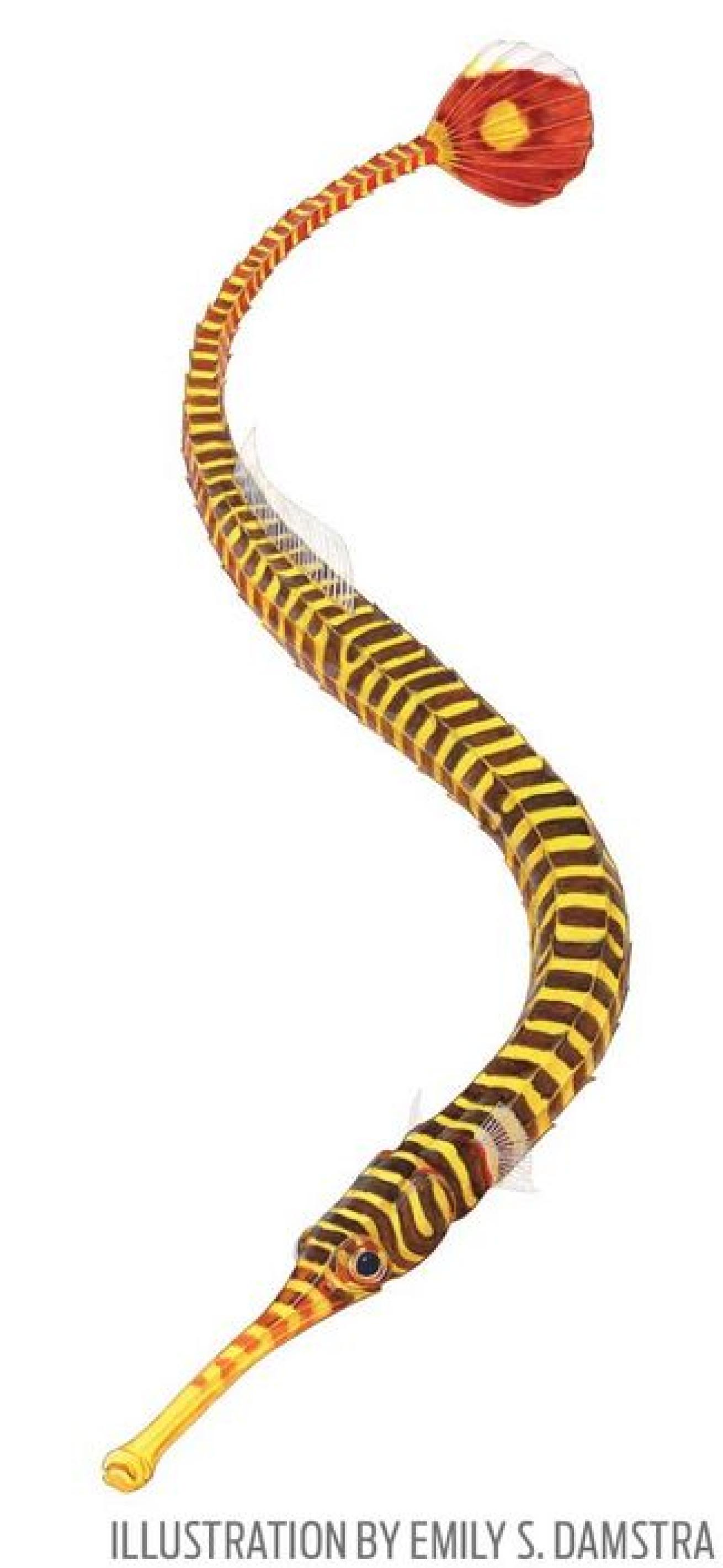
Illustration by Emily S. DamstraThis camouflaged relative of the seahorse is a prized sight for scuba divers
The male pipefish becomes pregnant rather than the female. It incubates eggs and developing embryos in a specialized brooding area on its belly.
Some pipefish make clicking sounds — generated by the bony edges of the skull — while feeding, for an unknown reason.
Most pipefish have tiny dorsal, pectoral and tail fins, but they are almost invisible to the naked eye.
In some pipefish species, the female competes for the attention of the male. It can become temporarily more colorful to help entice picky male suitors.
The pipefish feeds on miniscule crustaceans such as tiny shrimp, amphipods and copepods.
Hardwicke’s pipefish is the longest in the group, measuring up to 20 inches in length. The pygmy pipedragon is the shortest at only an inch.
The South African estuarine pipefish is the only species considered critically endangered and was believed extinct for several years. It is threatened by dams that have affected its food supply.
The pipefish is well-represented in the fossil record due to its bony exoskeleton. The earliest pipefish fossils are estimated to be about 50 million years old, dating to the time that most modern mammal groups also appeared.
The pipefish has few predators due to its ability to camouflage itself. Keep a close watch while diving, because some can even change color like a chameleon to match their surroundings.
Related Reading: What It's Like to Be an Octopus Researcher
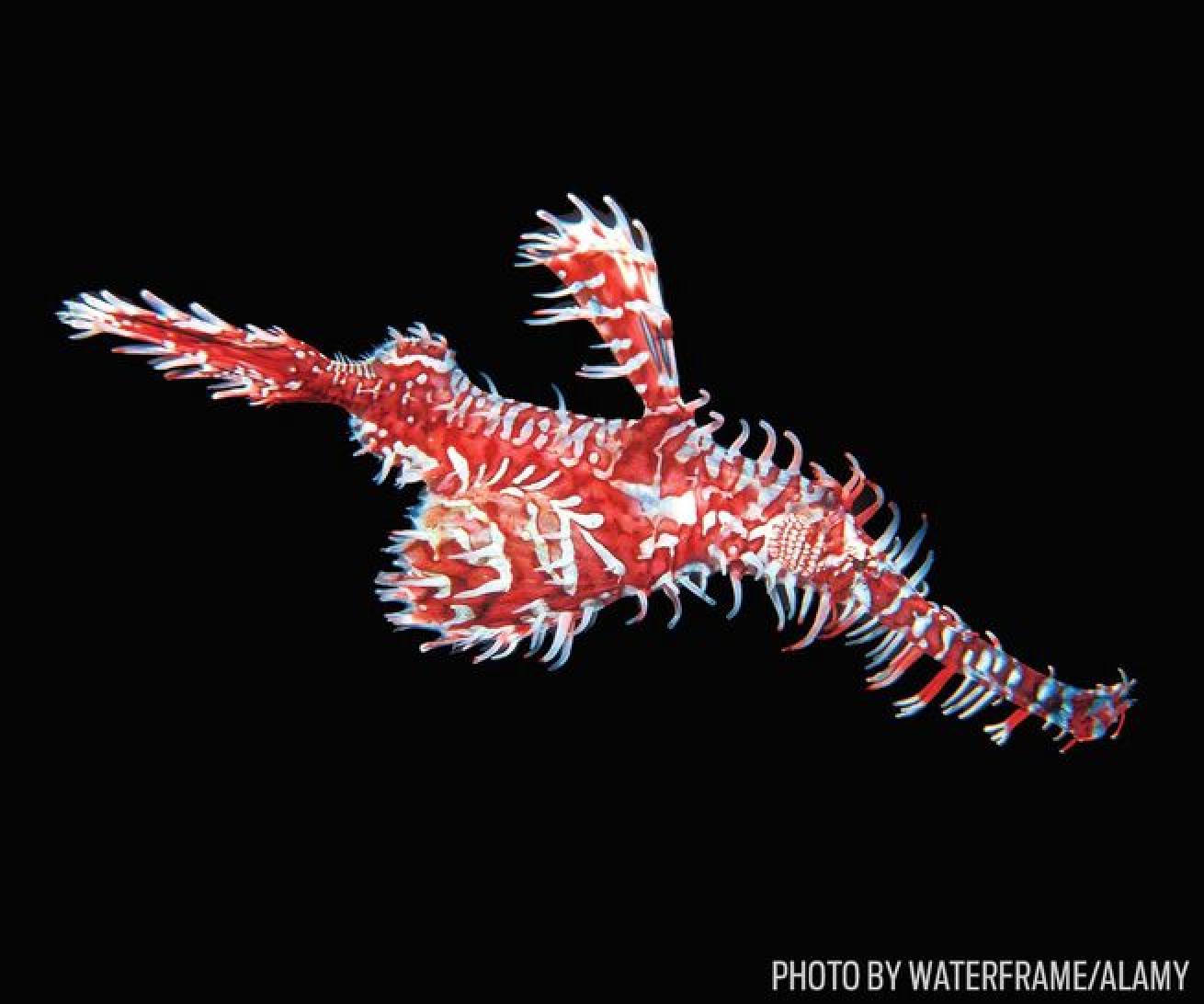
Waterframe/AlamyA harlequin ghost pipefish
Despite its name, the ghost pipefish of the Indo-Pacific belongs to a different family than true pipefish. The female ghost pipefish broods its developing young in specially adapted pelvic fins, which many true pipefish lack altogether.
The pipefish was named after the long, thin pipes that were smoked in the 1700s.
Related Reading: How Can I Detect and Stay Safe In Down-Currents?
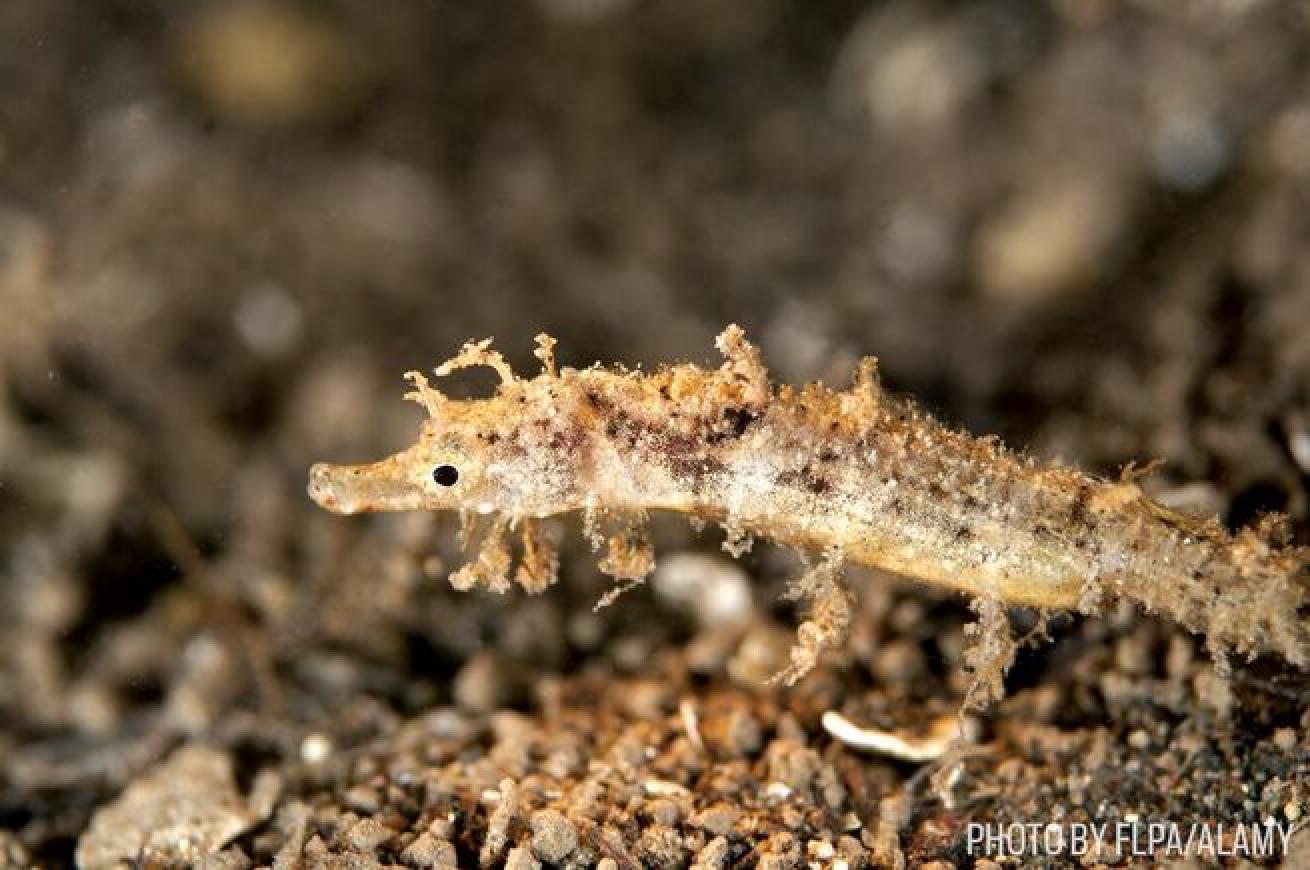
FLPA/AlamyA shortpouch pygmy pipehorse
The pipehorse is the evolutionary link between the pipefish and the seahorse. The pipehorse differs from the seahorse only in its lack of upright posture.
The pipefish is closely related to the seahorse but lacks a prehensile tail and its head does not sit at a 90-degree angle compared to its body. Many pipefish also have a tail fin, which seahorses lack.
Follow Richard Smith’s underwater adventures at oceanrealmimages.com.





